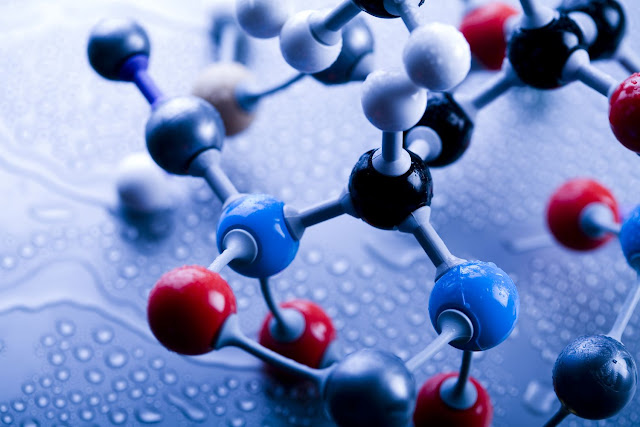Low Molecular Antistatic Agents – Ensuring Safety in Various Industries
Low molecular antistatic agents play a crucial role in preventing static electricity accumulation and discharge in many industrial applications. They are added to various materials like plastics, rubbers and textiles to impart antistatic properties. In this article, we will discuss the various types of low molecular antistatic agents, their working mechanism and importance in industries like electronics, healthcare and packaging.
Cationic Low Molecular Antistatic Agents
Cationic antistatic agents are one of the most commonly used types. They
contain quaternary ammonium or phosphonium salts which have a permanent
positive charge. This allows them to migrate to the surface of materials and
neutralize excess electrons, preventing static buildup. Common examples include
alkylammonium chlorides, alkylphosphonium chlorides and imidazolium salts. They
are effective even at low concentration levels of 0.1-2% and provide
long-lasting antistatic performance.
Anionic Low Molecular Antistatic Agents
Anionic antistatic agents contain functional groups with a permanent
negative charge like sulfonates and carboxylates. They work by neutralizing
excess positive charges on the material surface. Typical anionic antistatic
agents include alkyl sulfonates, polyoxyethylene alkyl ether carboxylates and
polyethylene glycol esters. They are soluble in both polar and non-polar media
which makes them suitable for a wide range of applications. However, anionic
agents may require higher concentration of 1-5% for effective antistatic
action.
Importance in Electronics Industry
The electronics industry widely uses low molecular antistatic agents to
prevent static discharge from harming sensitive electronic components. Even
low-level static sparks can damage integrated circuits, memory chips, CPUs and
other devices. Antistatic plastics are used for housings, connectors and
packaging materials throughout the supply chain. Semiconductor manufacturers
add antistatic agents to prevent static buildup on wafers and surfaces coming
in contact with electronic boards. This ensures safe handling and
transportation of finished electronics goods.
Role in Healthcare Sector
Static electricity poses risks in healthcare settings like operation
theatres and diagnostic laboratories. Low molecular antistatic agents help
maintain an ESD-safe environment. Antistatic mats, bed sheets, apparels and
flooring containing these agents are used widely. They eliminate static charges
from human contact and movement. This protects delicate medical equipment and
patients from potential electric shocks or equipment damage during surgery and
testing. ESD safe packaging containing antistatic plastics plays a vital role
in safely transporting samples, implants and other medical devices.
Importance for Packaging Industry
Static charges can attract dust and debris to packaged products,
compromising their quality and shelf-life. Plus, electrostatic discharge during
packaging or transportation risks damaging light, electronic or ESD-sensitive
goods. Low molecular antistatic agents added to packaging materials like
plastic films, paper/paperboards and powders prevent charge accumulation. This
ensures reliable protection of contents during the complete supply chain.
Industries like food & beverages, pharmaceuticals, chemicals actively use
antistatic packaging for product quality assurance and safety compliance.
Antistatic Performance Testing
Proper performance evaluation of Low
Molecular Antistatic Agents is essential to ensure the intended
functionality. Surface resistivity or volume resistivity tests are commonly
done to measure a material’s resistance to electric current flow. For
qualitative analysis, antistatic materials are tested for establishing
breakdown voltage levels using standard electrostatic voltage generators.
Triboelectric series tests determine a chemical’s position in the series based
on its tendency to lose or gain electrons when rubbed against another
substance. Such characterization helps select the most effective antistatic
agent for different applications. Standardization bodies like ASTM, ISO, FDA
regulate antistatic material testing methods.
Environmental and Regulatory
Considerations
Being organic compounds, low molecular antistatic agents need evaluation
for eco-compatibility. Volatile types may require substitutes to meet
restrictions on solvent emissions. Cationic varieties containing halogen ions
need replacing to achieve halogen-free or green chemistries. Most regulatory
organizations have laid down specific migration limits for antistatic chemicals
used in food contact materials to ensure product and consumer safety.
Manufacturers must adhere to material recycling norms for post-consumer waste
handling. Though effective, choosing the right low level, non-migrating and
environment-friendly antistatic agent is important from a sustainability
viewpoint.
In summary, low molecular antistatic agents serve as an enabling technology
across industries by preventing static charge accumulation and ESD events. From
electronics to packaging, healthcare and automotive, these value-added
chemicals play a vital role in ensuring operational safety, equipment
protection and quality assurance. Proper material selection and testing help
optimize antistatic performance. Besides functionality, aspects like
environmental evaluation and regulations also need addressing to develop
sustainable solutions. Continuous R&D aims at designing newer low molecular
antistatic agents catering to dynamic industrial needs.
Get
more insights on Low
Molecular Antistatic Agents



Comments
Post a Comment